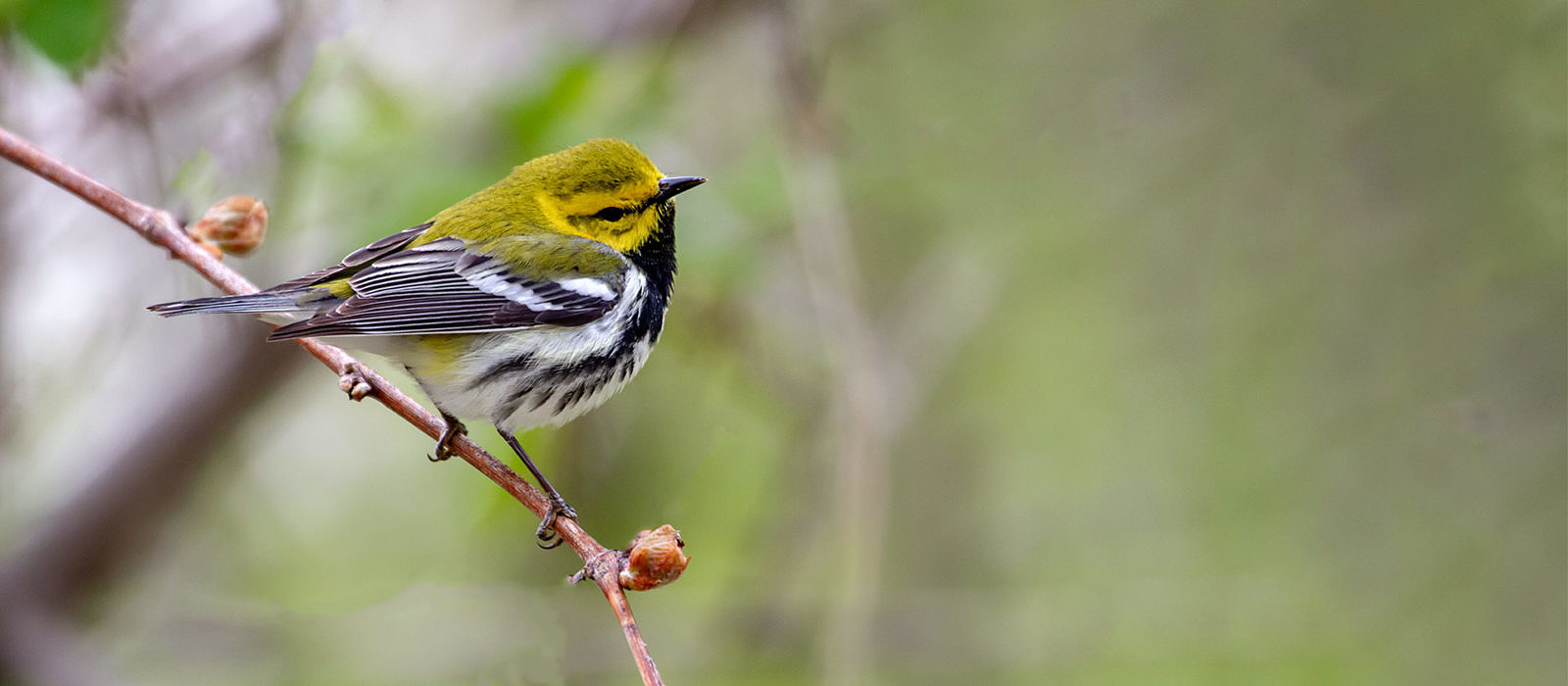
What’s Next: Warblers
The Northbound Procession of Color
Leaves. I’ve got nothing against leaves. To be against leaves is to be against life itself. Leaves are food for everything from insects to humans. They make Vermont glow red and orange and yellow every autumn. And leaves are the way a forest breathes.
Yet I am grateful that the leaves are taking their time arriving this spring. That’s because the warblers are coming. Well, actually, the warblers are already here. So please go outside to see them — now.
It is no coincidence that warblers and leaves arrive on the scene together in spring. Warblers are for the most part forest birds. They bring sparks of color and song to hardwoods and softwoods alike.
Perhaps the only time to be against leaves is when they block our views of warblers. In New England and the Midwest, where warmth has been reticent this spring, the warblers now arrive to lacy trees. Fear not for the warblers, however, nor for the trees. They’ll manage this spring (the usual abuses we perpetrate on them notwithstanding).
But this state of easier warbler viewing won’t last but another week or so here in the north. So carpe the warblers. In my earlier homage to warblers, I offer up my own definition of these small migratory songbirds:
warbler |ˈwôrb(ə)lər| — noun. (1) A bird you must see. (2) A force of nature, like gravity or sex or chocolate, like a Schubert piano trio or shooting the moon in hearts. Once you’ve experienced warblers, you want more warblers. (3) A polytheistic religion capable of inducing transcendence and confusion among North American birdwatchers, as in: Lord God! What’s that warbler?
Meanwhile, in other spring news, the Red Alert continues as trees go from flower to fruit. In my montage below, for example, that’s a Silver Maple starting to show its red samaras (the helicopter-blade fruits of maples and ashes and a few other trees) beside Lake Saint Clair here in my temporary outpost of Michigan. Our northern forests still display their gaudy vernal flowers, which get their business of reproduction done before those hardwoods fully leaf out. And the first little sparks of blue — the azure butterflies — are just now flickering and fluttering across much of the northern U.S.
If we divide spring into micro-seasons, here in the north we’re just past peak of the “Salamander Orgy Season,” near the apex of “Shocking Spring Wildflower Season,” and now at peak “Lacy Forest Season.” Most of the warblers, along with scores of other songbird species, will reach highest abundance and diversity during the last week or so of May (when it will be a bit tougher to see them).
But, like I said, I’ve got nothing against the leaves. After all, leaves are caterpillar food. Which means leaves are moth and butterfly food. And many of those warblers are now gleaning moth caterpillars from those leaves. Here’s your early-to-mid-May montage.
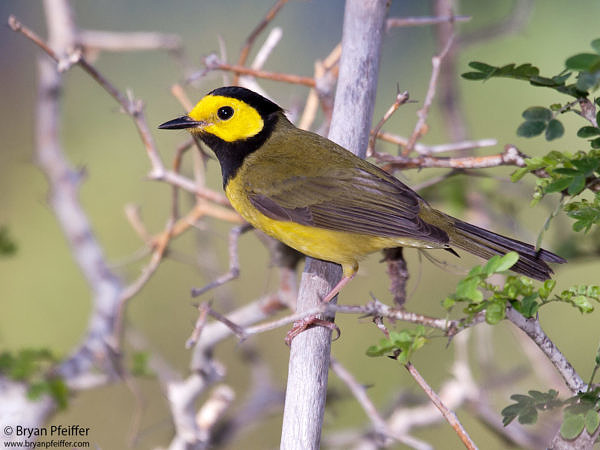
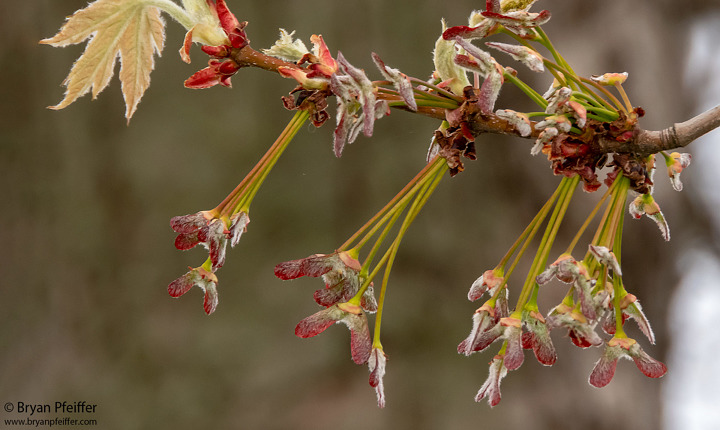
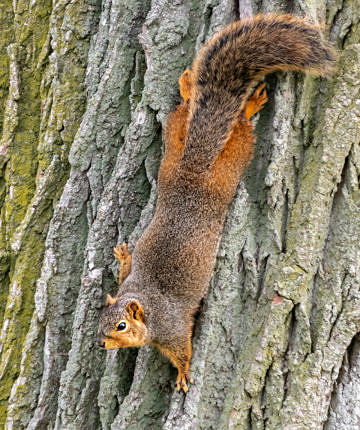
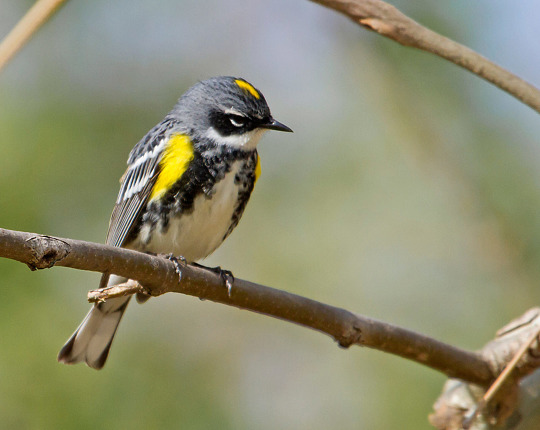
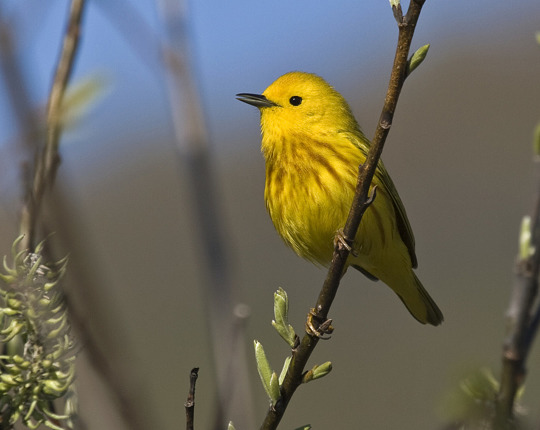
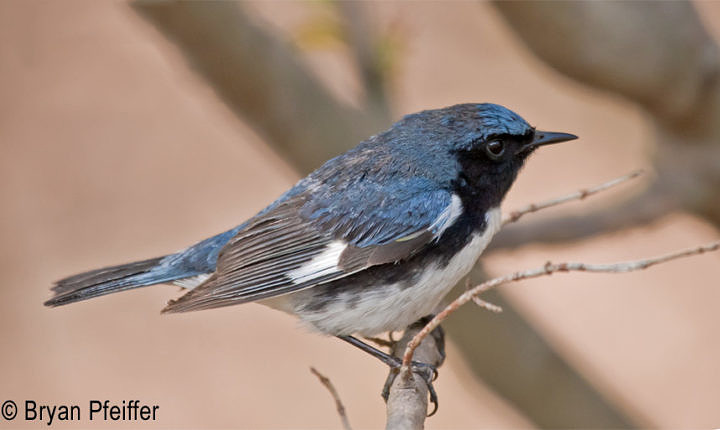
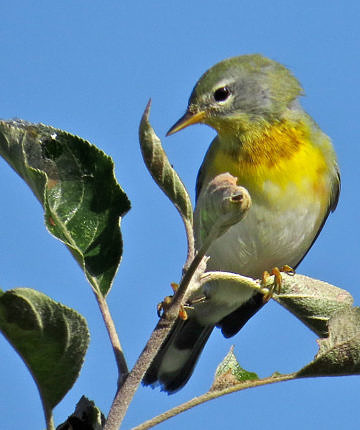
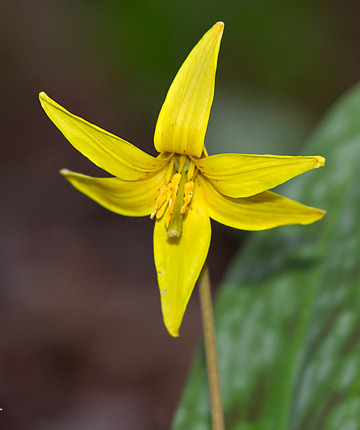
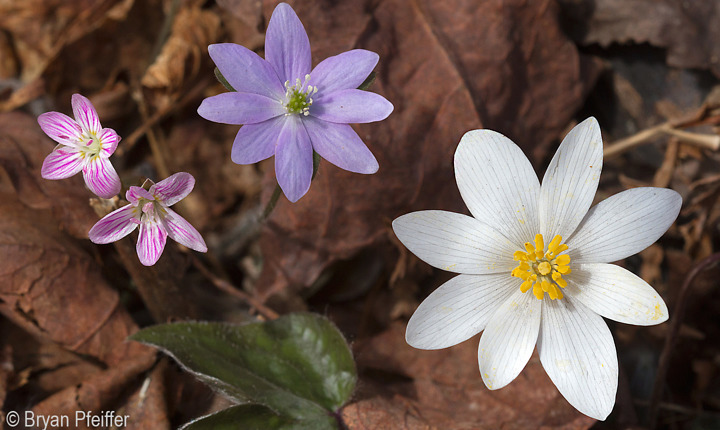
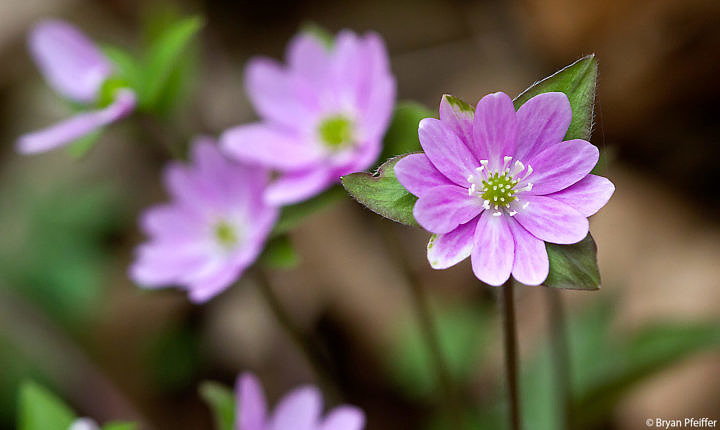
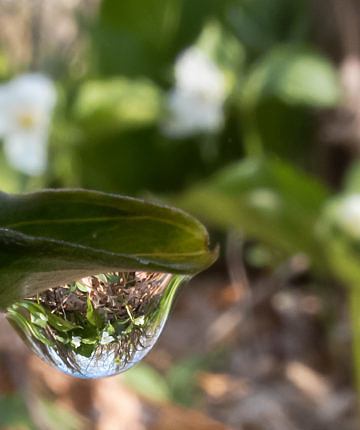

Hi Fran, Great to hear from you about this. (Sorry about last year.) Yes, NOW is prime time for migration. We’re seeing warblers all over the place — including around our cities. The wave washes over us. I’m thrilled your learning and seeing and enjoying!
Hi Bryan,
Last year I read this post and comments just too late, so I’ve been paying more attention this year!
Around my house in town the last two days I’ve spotted the black-and-white warbler. And I’ve been watching the yellow-rumpled warbler, also called myrtle warbler.
I may also have spotted the ruby-crowned warbler. And a few other small splashes of color.
I am new at this, but have enjoyed spotting these colorful, lively signs of spring.
Thanks, Yolly. Well, for those warblers shots I’ve used a Canon 7D with a 100-400mm lens — somewhat “heavy artillery.” But for many other nature shot, even a few birds, I’m increasingly turning to my mega-zoom, point-and-shoot camera. Here’s the info on those: https://bryanpfeiffer.com/photography/photography-resources/point-and-shoot-cameras-for-wildlife/
I’m also teaching a workshop tonight in Montpelier: https://bryanpfeiffer.com/photography/photography-workshops/workshop-buttons-dials-menus/
Wow. These are beautiful pictures. What kind of camera you are using. Thanks for sharing.
Hi Susan,
Winter Wrens do indeed nest in the park. So you should be hearing that blast of song — longest song in the woods from its smallest bird — through the spring.
A cool reception (weatherwise) for that hummer! But I’m glad it’s back in the neighborhood!
How very kind of you. Thanks, Michaelanne. Feel free to send along your ode to peepers!
Thanks, Pamela. I’m sure you’ve got lots happening out your way as well!
Pneumonia! Eek! Yikes! Take care of yourself, Judy. Keep me posted, please.
Extra jolts of power along the power lines! 🙂
Thanks, Debbie. Yeah, it appears we had a big influx of Yellow Warblers during the past few days. Lots more glitter to come!
Gorgeous photos. Yes, the leaves popped out yesterday and I was happy to see them, but it’s been great birding in the park. Can you tell me if the winter wren is just passing through or does it stay for the summer? I had never heard it’s song before and it’s arresting!
We were so excited to see our first hummingbird of the season on May 3rd ! (Understand they return on May 1st each year!!) Found some blooming hyacynths first and then a direct visit to the hummingbird feeder !!
Just wrote in our neighborhood newsletter a brief celebration of the return of Spring Peepers, and included a link to your excellent post on “Sex and Mayhem in a Pond” to spice things up a bit. It is always such a treat to find a new blog post in my email. Thank you for being you, my friend.
Thank you for the interesting topics and beautiful pictures. We enjoy this a lot.
Dear Bryan, To a birder grounded by pneumonia, your blog and spring pictures are a breathtaking gift (pun intended). Thank you. Judy
I have spent a lot of time this week admiring the returning warblers, Rose-breasted Grosbeaks, and other songsters flitting about and singing with passion in southern VT. Seven warblers this morning along power lines. It takes my breath away.
The Yellow rump and Yellow Warblers have arrived here at Lake Carmi they are all over. Thanks for sharing I’ll be out again tomorrow.
I ran in to read your posting – now darting back out as the leaves probably are a few centimeters bigger than they were an hour ago.
So many birds and so many native plants to put in the ground: Buttonbush, Highbush cranberry, aronia (chokeberry), Grey dogwood, Winterberry, Black eyed susans, Northern white cedar, elderberry (Marge and Bob), yellow birch, cherry bush, justaberry, lingonberry….
Nature is birthing big time.
Bernie
You’ve just made my day, Katherine. Thanks!
Your pictures make me want to take a walk in the woods!
Thank you for your inspiration.